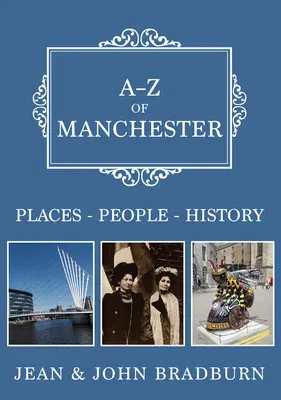Manchester can boast an unparalleled heritage. The 'Second City of the
Empire' gave the world technological innovation as well as manufacturing
strength. Its wealth came from textile manufacture during the Industrial
Revolution. The great majority of cotton spinning took place in the
towns of south Lancashire and north Cheshire, and Manchester was for a
time the most productive centre of cotton processing in the world,
earning it the sobriquet 'Cottonopolis'. The city's population grew at
an astonishing rate in the early nineteenth century as people flocked
there for work from other parts of the UK. The firms that made machines
for the cotton trade diversified into general manufacture, the chemical
industry expanded into other areas, financial service industries began
to flourish and its transport and distribution infrastructure expanded.
The boom ended as dramatically as it has begun with the death of the
textile industry and waning of the city's role as a major inland port.
By the end of the twentieth century, however, industrial decline and
mass unemployment had given way to inner-city regeneration and by the
turn of the century Manchester had rediscovered its swagger and
successfully transformed itself into a thriving post-industrial centre
of arts, culture and commerce. Well-known local authors and historians
Jean and John Bradburn take the reader on a fascinating A-Z tour of the
city's history, exploring its lesser-known nooks and crannies, and along
the way relating many a tale of the most interesting people and places.
Fully illustrated with photographs from the past and present, A-Z of
Manchester will appeal to residents and visitors alike.

